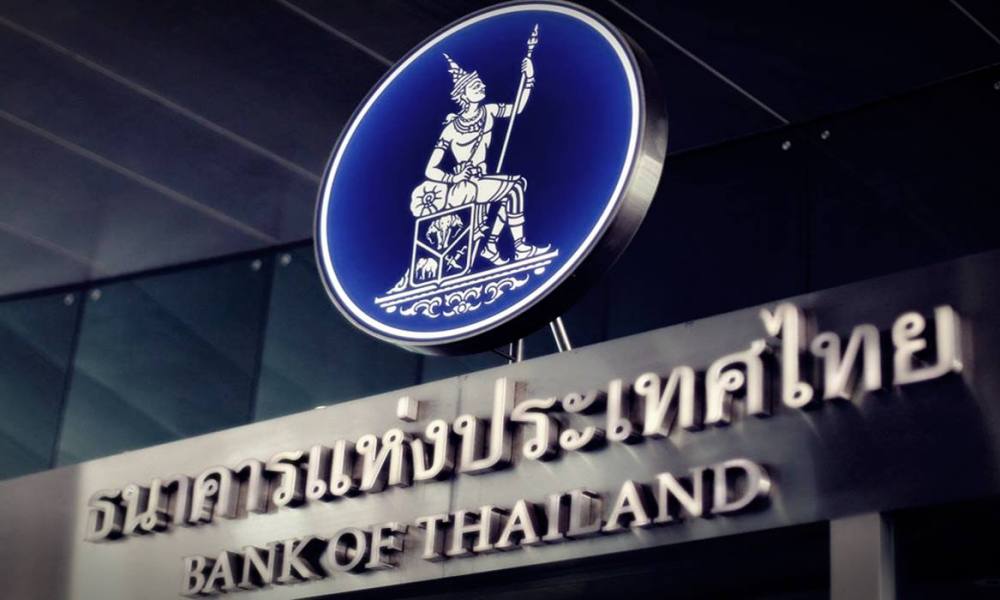According to Ms. Suwannee Jatsadasak, Senior Director, Bank of Thailand, reported on the Thai banking system’s performance in the first quarter of 2021 that the Thai banking system remained resilient with high levels of capital fund, loan loss provision and liquidity to accommodate loan demand and weather increasing economic uncertainties arising from the new wave of COVID-19.
Credit assistance measures, coupled with revisions to rules on loan classification and provisioning helped alleviate the deterioration of bank loan quality. Meanwhile, banking system’s profitability declined from the same period last year as a result of lower interest income from loans.
Details are as follows:
Capital Fund of the Thai banking system was at 3,017.2 billion baht, equivalent to capital adequacy ratio (BIS ratio) of 20.0%. Loan loss provision remained high at 823.4 billion baht with NPL coverage ratio of 149.7%. Liquidity coverage ratio (LCR) registered at 186.5%.
In the first quarter of 2021, banks’ overall loan growth was 3.8% year-on-year, decreasing from 5.1% in the previous quarter.
Details on bank loan are as follows:
Corporate loan (64.3% of total loan) expanded at 3.0% year-on-year. Large corporate loan growth moderated following an acceleration in loan usage last year due to liquidity need and funding switch from corporate bond. SME loan1 expanded quarter-on-quarter, resulting in a smaller year-on-year contraction – even excluding the contribution from soft loan scheme.
Consumer loan (35.7% of total loan) grew at 5.3% year-on-year, higher than an expansion of 4.4% in the previous quarter. This was mainly driven by mortgage lending, consistent with an increasing demand especially for low-rise residential properties, together with, promotional campaigns from developers and a reduction in government fees.
Meanwhile, auto loan grew marginally in line with a contraction in domestic car sales from the previous year.
Credit card loan expanded compared to the first quarter of last year, when consumer spending was affected by the early stage of COVID-19 pandemic.
Personal loan expanded at a higher rate due to households’ liquidity need, partly reflected in an increase in unsecured loan through online platform and cash card.
Bank loan quality in the first quarter of 2021 continued to be supported by financial assistance as well as revisions to rules on loan classification. As a result, the gross non-performing loan (NPL or stage 3) outstanding slightly increased to 537.1 billion baht, equivalent to NPL ratio of 3.10%. Meanwhile, the ratio of loans with significant increase in credit risk (SICR or stage 2) to total loans stood at 6.41%, declining from 6.62% in the…
Discover more from Siam News Network
Subscribe to get the latest posts to your email.

